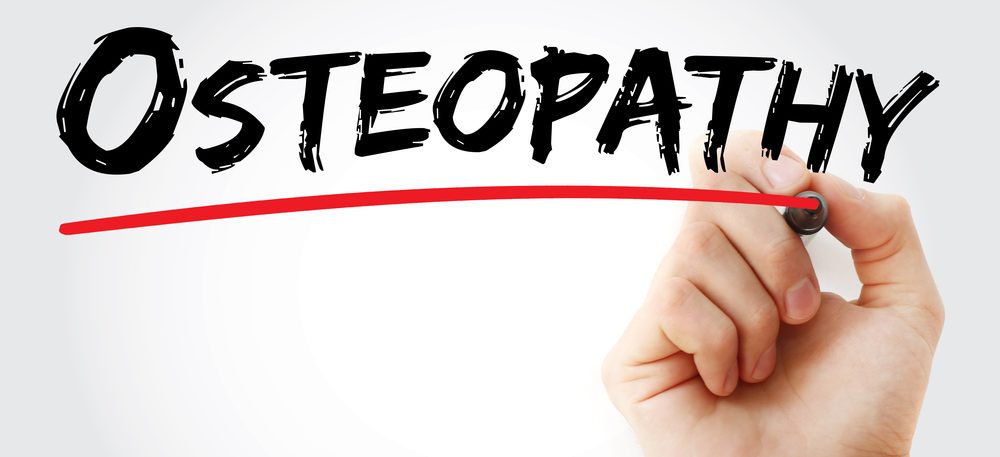What is Osteopathy?

Osteopathy is a drug-less, manual form of therapy that emphasizes the relationship between the structure and function of the human body. This therapy follows a belief in the body’s ability to self-heal and self-regulate. First introduced by founder A.T. Still in the 1870’s, osteopathy is a science, a philosophy, and a practice.
Osteopathy is based on the principle that the well-being of an individual depends on their bones, muscles, ligaments, and connective tissue functioning smoothly together. Osteopathic Practitioners use gentle manipulation of muscles, joints, and other anatomical components to bring the body into appropriate alignment. This allows the inherent self-healing and self-regulating mechanisms to take over by restoring proper blood flow and drainage. Restoring a healthy blood supply and proper drainage throughout the human body is the main objective of osteopathic treatment, as blood contains all of the elements needed for the body to heal.
Osteopathy isn’t usually painful, although it’s not unusual to feel sore or stiff in the first few days after treatment, particularly if you’re having treatment for a painful or inflamed injury. Certain areas of the body, such as the ribs or shoulders, can also feel more tender or painful during treatment. Your osteopathic practitioner will explain whether you’re likely to have any adverse reactions to treatment, as each individual case is unique to the individual receiving treatment.
Osteopathic practitioners are able to help with several problems within the human body, as long as they are caused by mechanical dysfunction or myofascial tension inhibiting the neurovascular elements within the body. Osteopathic intervention can help with arthritis, back pain, headaches, respiratory issues, digestive issues, and postural problems. Treatment can also assist with sleep cycles and the nervous, circulatory, and lymphatic systems.
Osteopathic treatment is very safe for almost anyone who is experiencing pain or dysfunction in any of the systems of the human body. There are very few times where it is unsafe to receive osteopathic treatment, shortly following a traumatic injury or in the first trimester of a pregnancy, to name a couple of examples. If you have any concern prior to starting treatment, you can discuss them with your Osteopathic Practitioner to see if this will help you heal.
Treatment from an Osteopathic Practitioner can have several different outcomes. It is important to remember that each individual may have a different experience following treatment, and this is based on the specific circumstances of the individual receiving treatment. It is common to experience “tenderness” or “soreness” on the days directly following your appointment. This is because your body will be adapting to the changes that were implemented by your practitioner. In cases where the pain and dysfunction is long-standing you may feel worse before you get better, as your body adapts to its “new normal”. Other potential experiences following treatment may be a feeling of fatigue as your body uses energy to stabilize and maintain the correct position, or changes in your body’s ability to digest or eliminate. Questions or concerns should always be discussed with your practitioner to maintain safety and trust.
Jeffrey Parker - Osteopathic Practitioner, M.OMSc, B.H.K.
